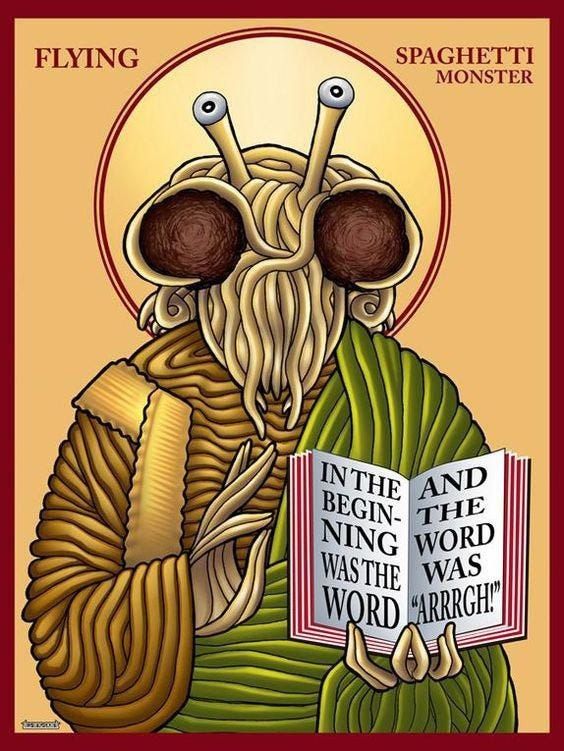Translation from Hungarian via Google Translate
Our nature-friendly garden
On March 10, for the fifth year now, we celebrate pollinators, our tirelessly bustling little helpers, without whom we would have to say goodbye to 70% of our most common crops. Without pollination, our fruit trees would not bear fruit, we would have to give up coffee, tea, and even chocolate. More than three quarters of flowering plants are pollinated by animals, but even though pollinators provide valuable ecosystem services, their number has decreased drastically in recent years.
The reason for this is, above all, the loss of habitat: the natural wildflower meadows have often been replaced by fields treated with plant protection agents or other plantations, other times a sea of invasive species overwhelms the once diverse flora. However, we can help our busy little friends with chemical-free shrub and wildflower borders and pollinator-friendly gardens.
We can do a lot for the natural health of our environment every day. With a varied and careful design of our garden, or even with a few small things like a watering can or an insect shelter, we can do a lot to make our place an oasis not only for us, but also for the animals living around us to be a pleasant living space.
On our poster below, we show how the number of species can increase in our garden if we use lawn care as close to nature as possible, if we mow the grass a little less often and leave wild flowers in it, if we put out a watering hole or birdhouse, if we do not concrete or pave all surfaces, or, if possible, we intersperse the grassy patches with rich beds of native flowers.
We encourage all garden owners to take our top picture as an example and implement even just one of the nature-friendly steps in their garden, and if they see the result, they might be in the mood for further transformations.
Our poster was edited by Dalma Dedák and Márton Zsoldos from the beautiful paintings and illustrations of Márton Zsoldos.
The digital poster was created with the support of the Ministry of Agriculture (PTKF/982/2021.)
Das wälzt wieder die Verantwortung auf das Individuum ab. Es ist erwiesen, dass das massive Insektensterben von der industriellen landwirtschaftlichen Nutzung kommt.
Von Wikipedia: The factors suspected to be important are habitat destruction caused by intensive farming and urbanisation,[20][21][3] pesticide use,[22] introduced species,[23][3] climate change,[3] eutrophication from fertilizers, pollution,[24] and artificial lighting.[25][26][27]
https://en.m.wikipedia.org/wiki/Decline_in_insect_populations#Causes_and_consequences
Wir haben eine Wildblumenwiese vor dem Haus und Flieder nahe der Hauswand. Man merkt den Unterschied schon krass an der Anzahl der Insekten. Besonders im Sommer ist alles voll mit Hummeln, Schmetterlingen und Wildbienen, was ziemlich cool ist.
Achso und obligatorisch: 🗿
Du hast einen wilden Garten um den Insekten zu helfen.
Ich habe einen wilden Garten weil ich zu faul für Gartenarbeit bin.
Wir sind nicht gleich.…und meine Nachbarin möchte, dass ich auch mal den Löwenzahn aus dem Rasen pule.




